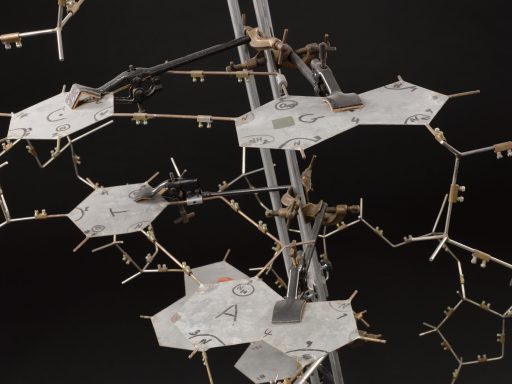Roger Highfield, Science Director, describes the first real stride toward writing human genomes from scratch.

A toolkit to reengineer life has been assembled by scientists in Cambridge, marking a new era of synthetic biology, reports Science Director Roger Highfield

Margaret Campbell explores the science of solving crimes, from the world of CSI to DNA finger prints and forensic chemistry in the real-life judicial system.

As the Science Museum prepares to open its £24m Medicine Galleries, Roger Highfield reports on a remarkable new insight into why everyone is different.

Ahead of the opening of The Last Tsar: Blood and Revolution, forensic scientist Peter Gill recalls his experience of identifying the remains of the last Tsar of Russia.

Ahead of the opening of IVF: 6 Million Babies Later, father Gareth Down shares his experience with IVF and the lesser-told story of the male struggle.

We explore alien bacteria, the most likely alien life form we are to find, and how their existence could impact the scientific community.

To celebrate 65 years since the discovery of the structure of DNA, Jim Watson visited the Science Museum to discuss this milestone in modern science.

Half a century after the publication of The Double Helix, Roger Highfield looks at why the book is still relevant today.

Natasha Little of the Royal Society of Biology discusses the work of DNA data pioneer, Sir Alec Jeffreys

Roger Highfield explores how scientists are using computer modelling to better understand the evolution of cancerous tumours.
This fuzzy image, taken on 10 September 1984, launched a revolution; one that sent out shockwaves that can still be felt today. It is the first DNA fingerprint. Roger Highfield explains more.